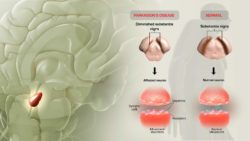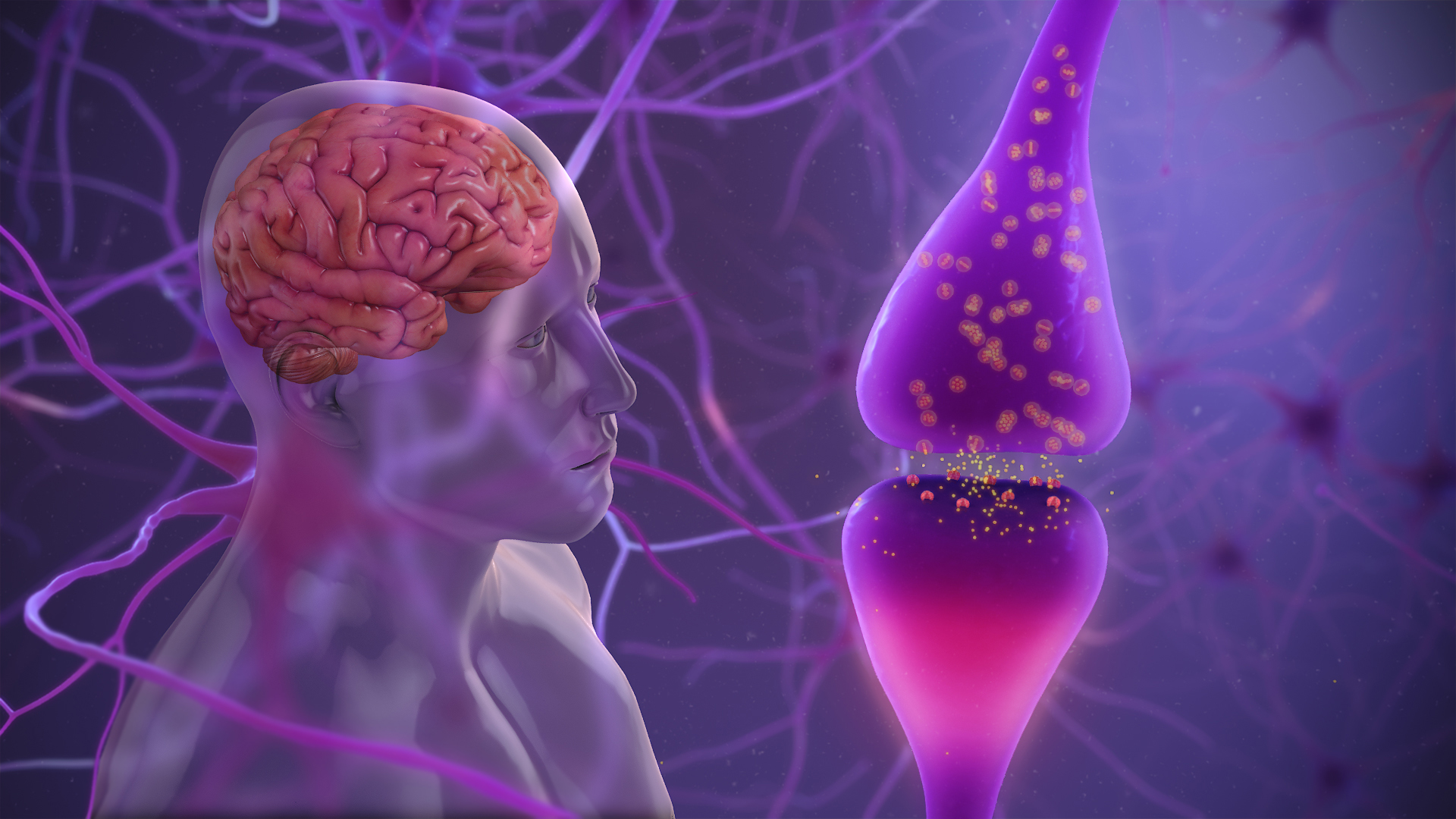Parkinson’s disease affects an estimated seven million to 10 million people worldwide. Even though research in the field of this disease continues to progress, there is still no sureshot cure for it yet.
Why?
Researchers and neurologists claim Parkinson’s disease is an 'enormous threat' and that the Parkinson’s community must come together and focus its activism. “For too long the Parkinson’s community has been too quiet on these issues. Building on the AIDS community’s motto of ‘silence=death,’ the Parkinson’s community should make their voices heard. The current and future burden of this debilitating disease depends upon their action,” Ray Dorsey, a neurologist at the University of Rochester Medical Center.
Parkinson’s Disease is the new Pandemic
Much like Zika, influenza, HIV, and other infectious diseases, neurological disorders are now the leading cause of disability in the world, and Parkinson's disease is the most rapidly spreading disease of them.
Dorsey made the claim in a commentary piece in JAMA Neurology alongside Dr Bastiaan Bloem of the Radboud University Medical Center in the Netherlands.
Writing in the article, the neurologists said more than twice as many people had Parkinson's in 2015, compared to 1990.
The development of a neuroprotective therapy that slows, stops or reverses neurodegeneration in PD is the single most important unresolved issue in the management of this disorder.
The lack of an animal model for PD that precisely reflects the cause and course of the disease, the pattern of dopaminergic and non-dopaminergic pathology, and its chronic, progressive nature is a major obstacle to the development of a neuroprotective therapy.
Some probable reasons why are we not able to curb Parkinson’s Disease:
- Complexity of Brain- With about 100 billion neurons, each connected to up to 1000 others, the human brain is a complex electrical network. The more we dig into understanding the disease, the more questions arise.
- The cause is not clear- It was initially thought that the erratic tremors associated with Parkinson’s are due to loss of dopamine alone, but lately, symptoms like pain, incontinence, constipation, anxiety and sleep disturbance, and even cognitive impairment have been identified that have non-dopaminergic manifestations.
- Diverse presentations- Despite some common symptoms, every PD patient seems to have their own unique clinical course as well as response to treatment. The different manifestations of the disease, as discussed above, raise a question whether there is one cause or a number of related causes for it.
- No biomarker- The presence of a specific indicator protein for Parkinson’s disease would have helped determine which potential therapies are promising and worth pursuing. However, no such biomarker for PD exists yet, hindering further research on finding a precise treatment for it.
- Recruitment for clinical trials is difficult- About 85% of all clinical trials are delayed due to recruitment difficulties and a shocking 30% fail to recruit even a single subject. This leads to a huge wastage of resources and time.
- Diagnosis is prone to be inaccurate- Currently, the only true confirmation of whether someone has PD is at the time of autopsy when Lewy bodies are found in the brain. Some of the participants may, in fact, not have PD at all which will affect their findings.
- Drug development is expensive- Funding is needed at each stage of drug development and there is always the chance that the process, no matter what its potential, may be derailed due to lack of investment.

Parkinson’s disease: What goes wrong?
Early signs of Parkinson’s disease are mild and may go unnoticed. No single one of these signs means that you should worry. But if your loved one shows more than one sign from the following, you must take them to a doctor... Read More..









